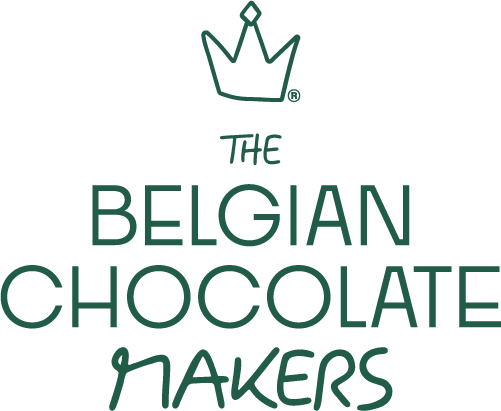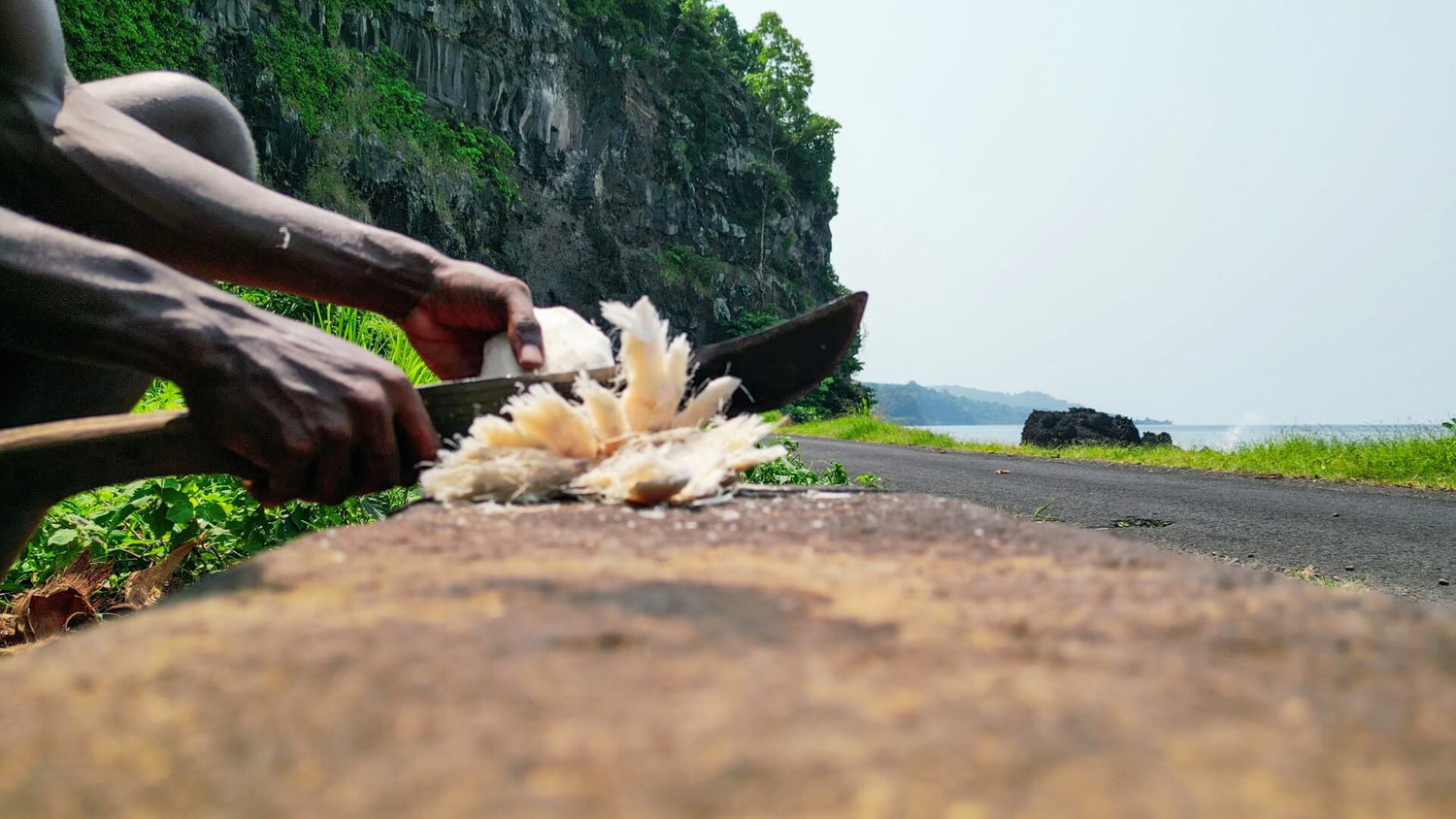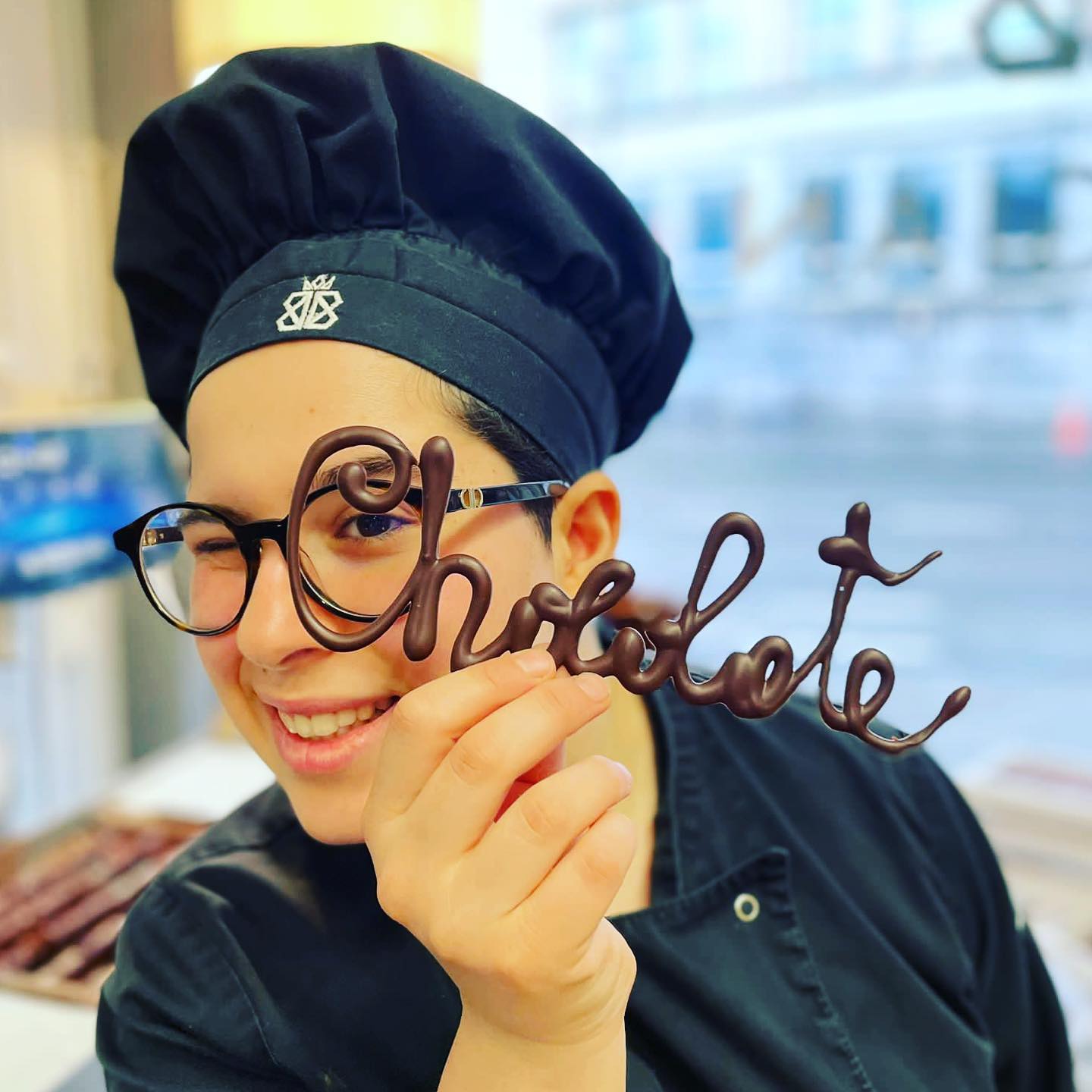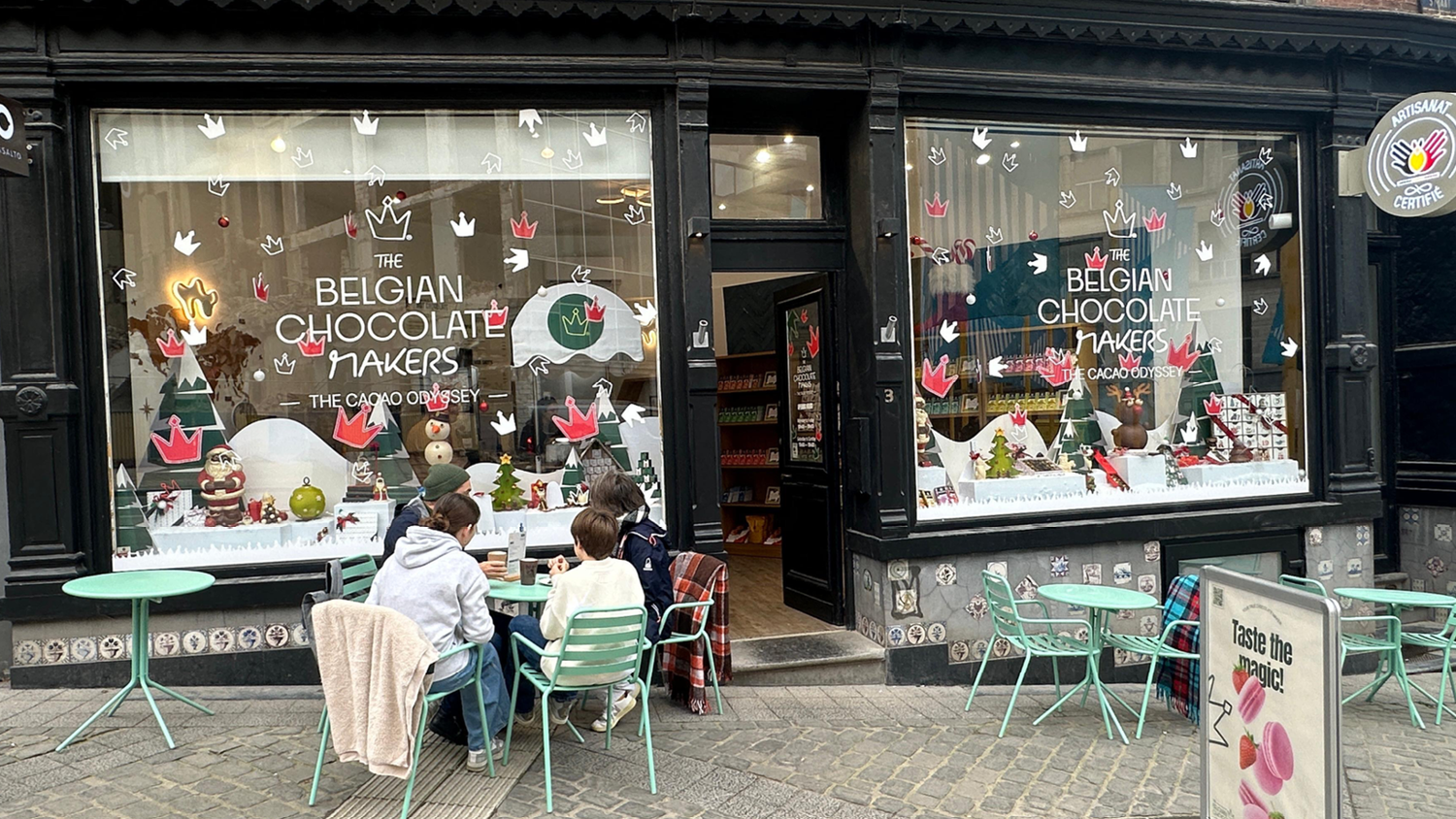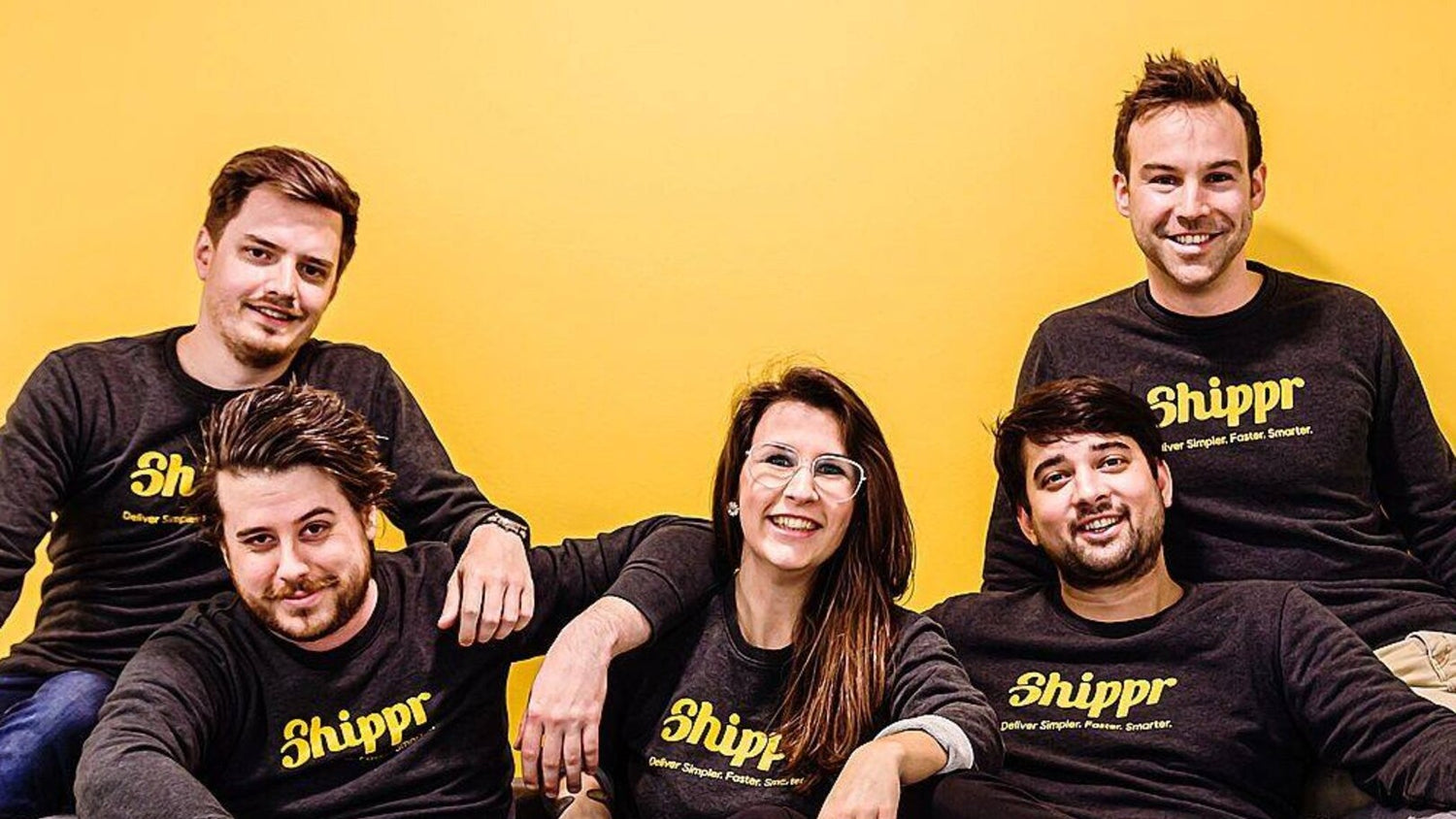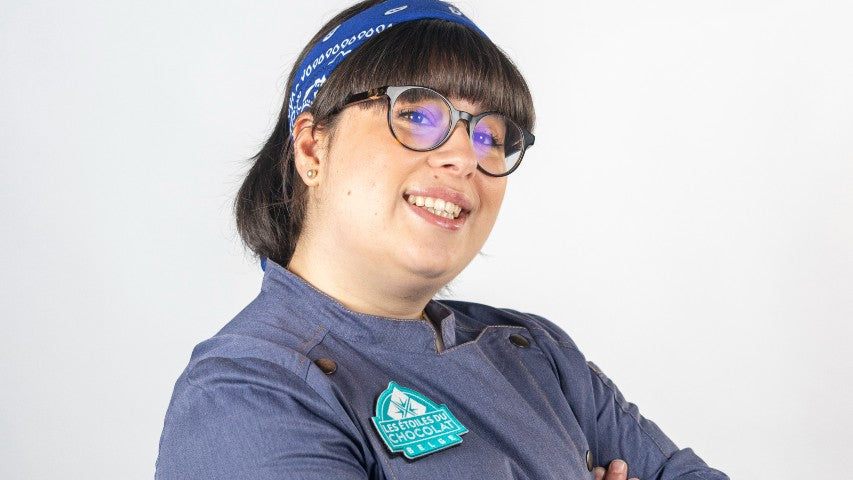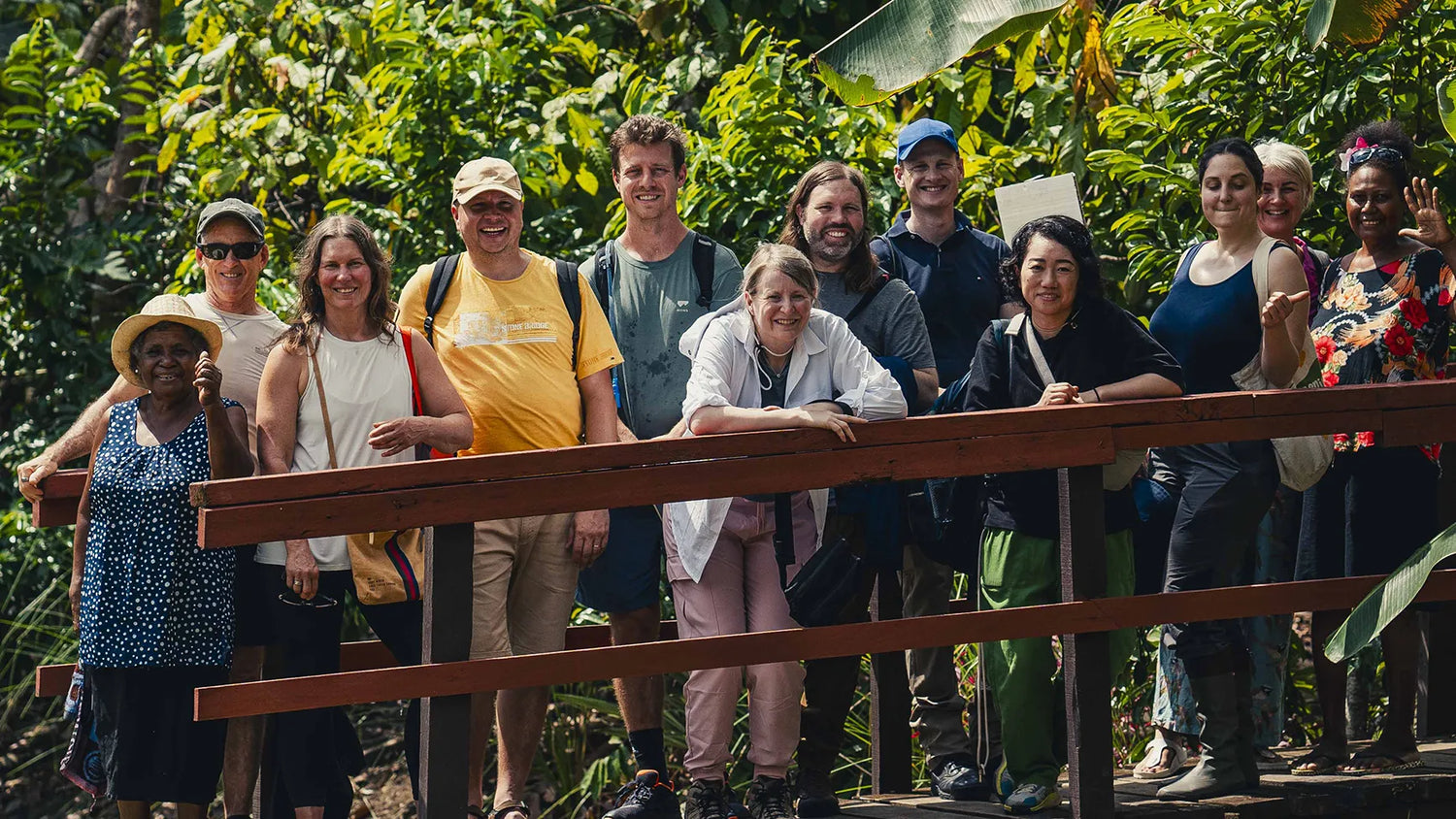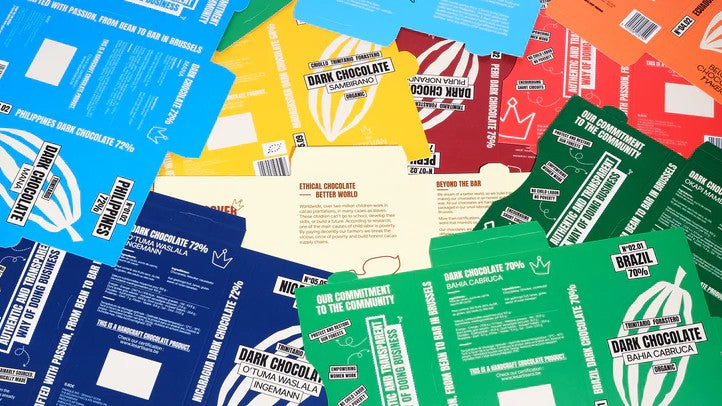Here’s how São Tomé’s story unfolds and why it matters for the future of fine cacao
São Tomé’s origin lies in volcanoes deep beneath the Atlantic. Over millions of years, soil, rain, and island ecology married to produce some of the world’s most fertile ground.
Though the island spans just 850 km², it hosts an astonishing number of species found nowhere else on Earth. Its lush rainforests, cloud forests, and volcanic highlands make it a sanctuary of life.
It’s this very richness, soils infused with minerals, high humidity, dense shade cover, and a long tradition of forested farming, that gives São Tomé a natural edge for growing cacao in agroforestry systems.
2. Cacao by nature: farms in the shade of biodiversity
On São Tomé, cacao doesn’t stand alone. Its groves are often interwoven with banana, coffee, breadfruit, jackfruit, vanilla, coconut, and native trees.
This mosaic isn’t just beautiful, it’s functional. The biodiverse environment helps stabilize microclimates, resist pests, and enhance flavor complexity in the cacao.
Here’s another advantage: the post-harvest chain is more centralized than in many African origins. Fermentation often happens in central facilities, giving better consistency and quality control across farmers’ yields.
However, challenges loom. The island’s almost year-round rains make drying cacao tricky. High humidity can hamper drying times, and even small interruptions, a torn cover, extra rain, can shift bean color or moisture levels.
Color, though, doesn’t always tell the full story: two batches processed identically but fermented for different durations may look different but deliver similar flavor.
3. A legacy carved by cacao
Cacao didn’t just happen on São Tomé by chance. In the early 19th century, as diseases struck Brazil’s cacao plantations, the Portuguese transported seedlings to the islands. By the late 1800s, São Tomé had become one of the world’s major cacao exporters.
These plantations, called roças, were extensive estates, entire ecosystems with housing, processing houses, schools, even narrow-gauge rail lines to move beans. Unfortunately, the plantation system was built on forced labor and exploitation. Even after formal abolition, unfair labor continued well into the 20th century.
After independence in 1975, São Tomé’s cacao output collapsed. Plots fragmented, expertise left, and the plantation model fell apart. Today, many roças lie in ruins or have been repurposed. Yet cacao remains central. Now cultivated largely by smallholders in backyard agroforests, it still accounts for over half of the country’s agricultural exports.
In many communities, cacao is more than income, it's identity.
4. Rising from the roots, cooperatives and innovation
Revival is underway, and cooperatives are at the heart of it.
One standout is CECAQ-11, founded in 2008. What started as 221 farmers across 11 early associations has grown to more than 1,178 producers across 21 cooperatives. Over 40% of the members are women. They operate nearly 2,000 hectares of cacao.
In 2025, CECAQ-11 plans to launch its own micro chocolate lab. Their goal? Bring value downstream, deepen quality control, and enable farmers to taste the fruit of their own labor.
Another player is MLM (Matô Muío / Matô Sonhôto), a private initiative building post-harvest infrastructure in formerly neglected processing facilities. MLM supports about 200 smallholder farmers and is focusing on traceability, quality, and modern practices.
Their upstream samples show promise: bean lots with fruit-forward profiles, acidity, and improving consistency.
5. Challenges and opportunities, what it will take?
São Tomé’s renaissance isn’t guaranteed. Key hurdles include:
- Weather and drying constraints: excessive rain, fluctuating humidity, and limited drying infrastructure make consistent output a gamble.
- Access to finance, training and capacity building: supporting smallholders to meet quality, traceability, and compliance standards requires investment.
- Labor and demographic shifts: many young people leave the islands seeking education or work abroad, weakening local capacity.
- Market access and risk: to compete globally, São Tomé’s cacao must prove its uniqueness, quality, and sustainability, all while navigating rising regulatory pressures (e.g. EU deforestation rules, organic standards).
Yet where challenges exist, opportunity blooms. São Tomé offers:
- A naturally "organic by default" profile due to low chemical use and forested systems
- Distinct terroir rooted in volcanic soils and island microclimates
- A growing sense among farmers to understand, own, and participate in the chocolate-making process itself
- A narrative of resurgence, a place once central to cacao’s history, now working to reclaim a new, equitable legacy
6. Taste the future: from bean to chocolate
By connecting farm and bar, São Tomé’s cacao journey illustrates what lies ahead for origin regions worldwide in a changing chocolate map. The islands are not just a relic of cacao’s past, they may be its future, if nurtured with creativity, fairness, and vision.
So if you ever get the chance to taste Cantagalo Organic from CECAQ-11 or a bar made from MLM’s beans, know that it carries more than flavor: it holds the story of a volcanic isle awakening from the shadows, striving to turn potential into excellence.
